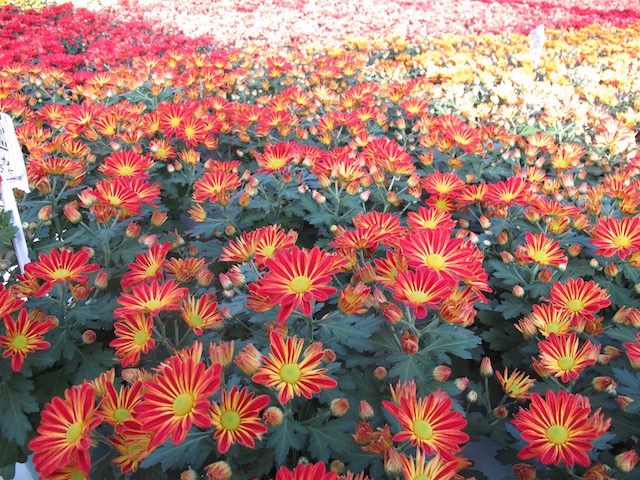
News
Can houseplants improve indoor air quality?
November 28, 2016 By Chris Enroth University of Illinois Extension

Nov. 28, 2016, Urbana, Ill. – In an era of increasing energy prices, many Americans insulate and seal up their homes during the winter months.
Although this can result in savings on the monthly power bill, sealing the home can concentrate indoor air pollutants and cause various health problems.
“Making a building airtight limits the exchange of fresh air,” explains University of Illinois Extension educator, Chris Enroth.
VOLATILE ORGANIC COMPOUNDS
Volatile organic compounds, or VOCs, are present in many of our modern-day home furnishings and are a major source of indoor air pollution.
Benzene is an example of a VOC and is among the top 20 most widely used chemicals in the U.S. Benzene is present in many types of products such as ink, oils, paints, plastics, rubber, detergent, dyes, and more. Homes with gas ranges or an attached garage typically have higher levels of benzene, as it is present in gasoline and vehicle exhaust.
Humans are another major contributor to indoor air pollution.
“Think about the cabin of a passenger plane,” Enroth explains. “We exhale the gas carbon dioxide, shed skin cells and hair, sneeze, cough, and so on. When we are outside, humans integrate into a complex web of life that manages these by-products. Seal a bunch of people up in a small artificial space, and you need some serious ventilation.”
HOUSEPLANTS CAN HELP FILTER VOCS
Air filters can remove the majority of pollutants, but it is tough to rid a home of trace VOC elements. That’s where indoor plants come in. Several studies have shown that many indoor plants have an ability to filter out VOCs and other air pollutants.
Enroth adds, “It is believed that most of these air pollutants are filtered out as part of the plant’s photosynthesis activities. The air cleansing process is ongoing, so long as the plant is growing and healthy.”
An ongoing study examined five common houseplants and their efficiency at extracting VOCs from the air. It was found that dracaena was the most effective houseplant at absorbing acetone, a commonly used VOC found in products like nail polish remover. However, bromeliads performed best in the removal of six of the eight VOCs tested in the study.
HOW REALLY EFFECTIVE ARE PLANTS?
Despite these results, other researchers are casting doubt on the effectiveness of indoor plants in removing pollutants. Earlier research on indoor plants involved small sealed chambers. Critics point out that when these studies are scaled up to the size of an average 1,500-square foot home, it would take 680 plants to clean the air.
Another problem is the amount of VOCs indoor plants are exposed to in a home or office. In one study, it was found that some homes contained up to 180 different airborne compounds. These chemicals are present in various concentrations and mix and interact in a nearly infinite number of ways, but most of the published research focuses on about a dozen different VOCs.
Does this mean you should toss your pothos in the compost?
“Of course not,” Enroth says. “Houseplants have routinely been proven to improve our psychological well-being. Those living or working in buildings like hospitals, extended care facilities, offices, and single- or multi-family buildings report better productivity, learning, and reduced anxiety and depression when indoor plants are present.
MORE RESEARCH IS NEEDED
“What’s needed is more research on the effects of houseplants in homes and workplaces,” Enroth explains. “We know indoor plants assist in air cleansing; we just don’t know to what extent. Until that research becomes published, all gardeners agree: the world is a better place with more plants. So keep your rubber tree, spider plant, and dracaena. In fact, consider adding more indoor plants to your living and work environments.”
Chris Enroth is a specialist with University of Illinois Extension services.
Print this page